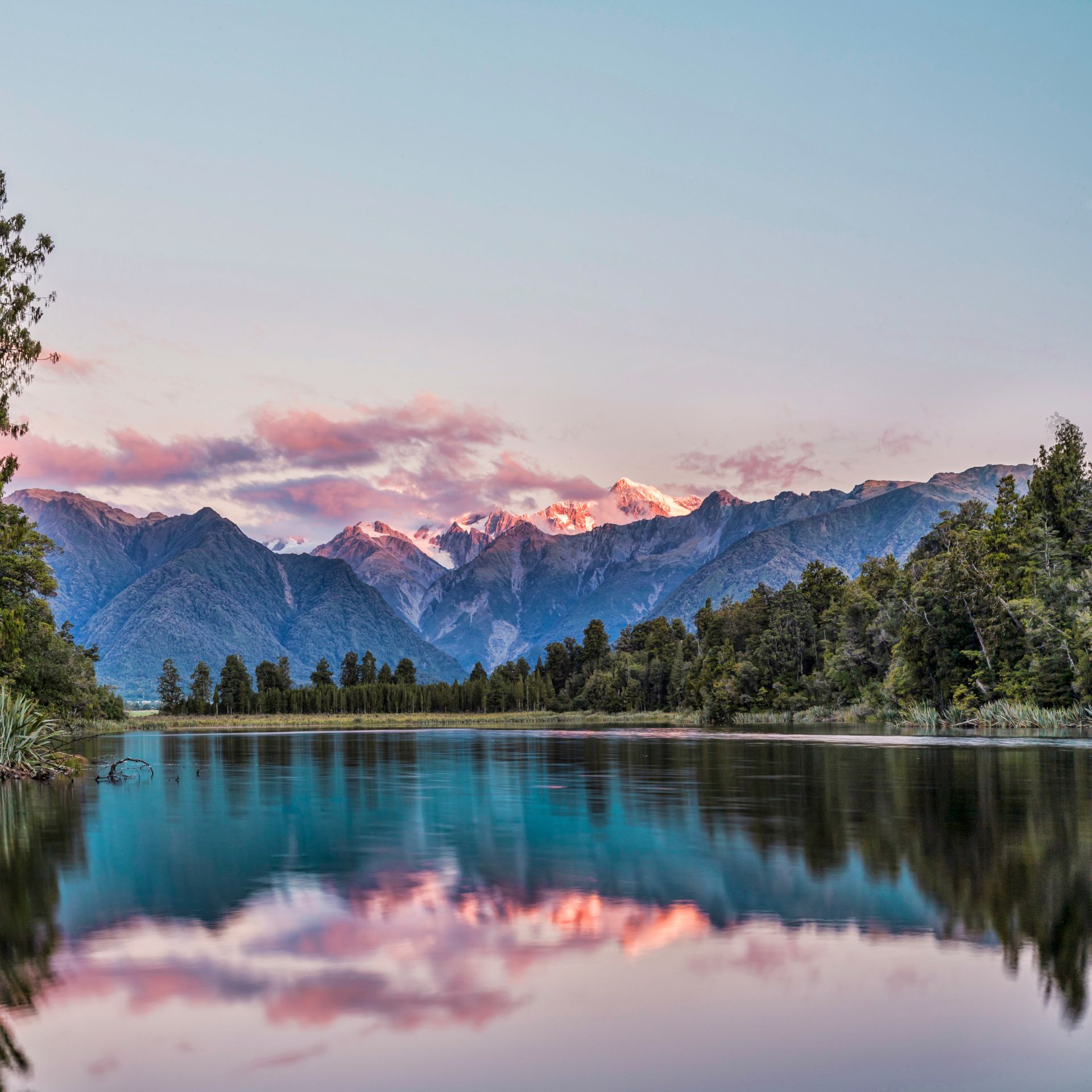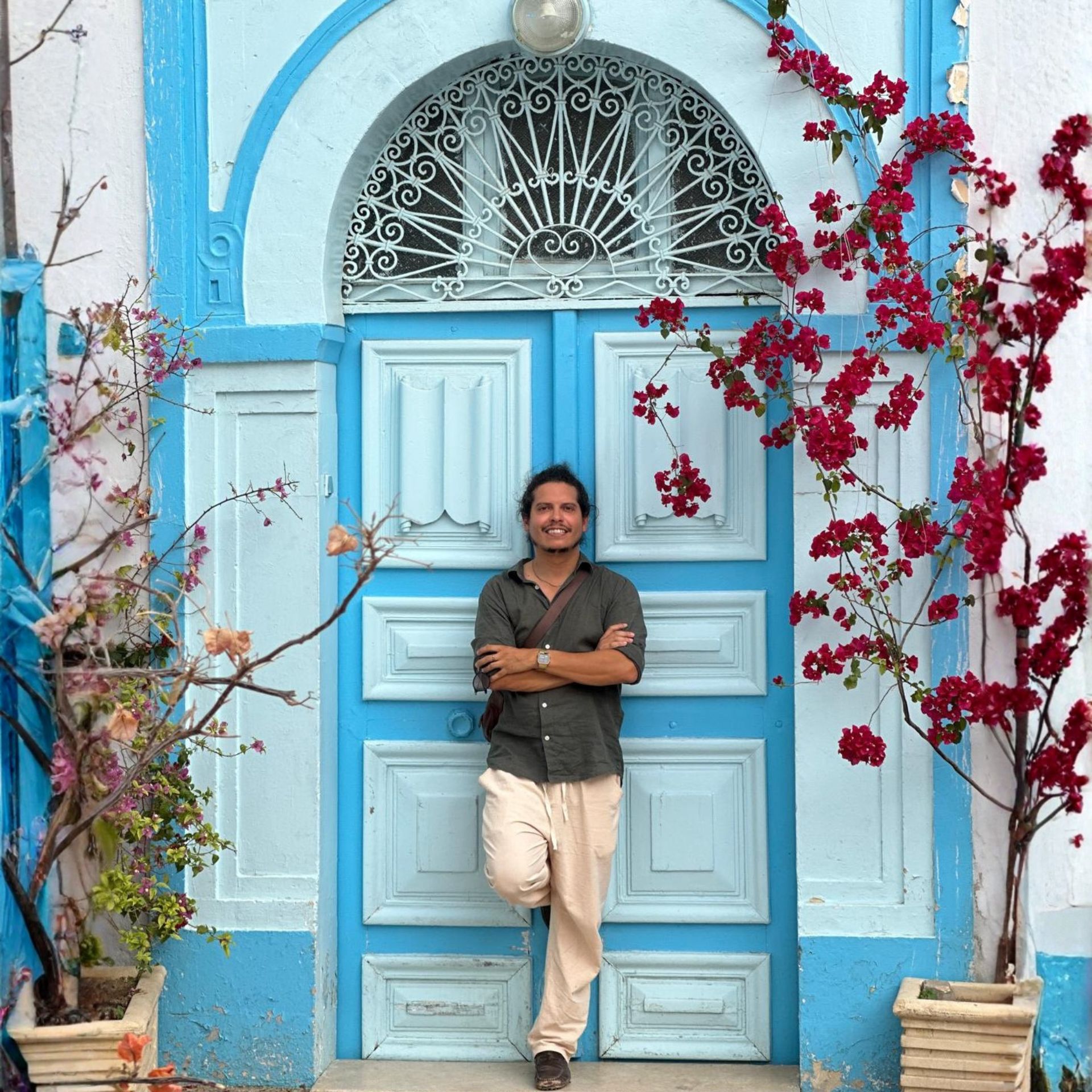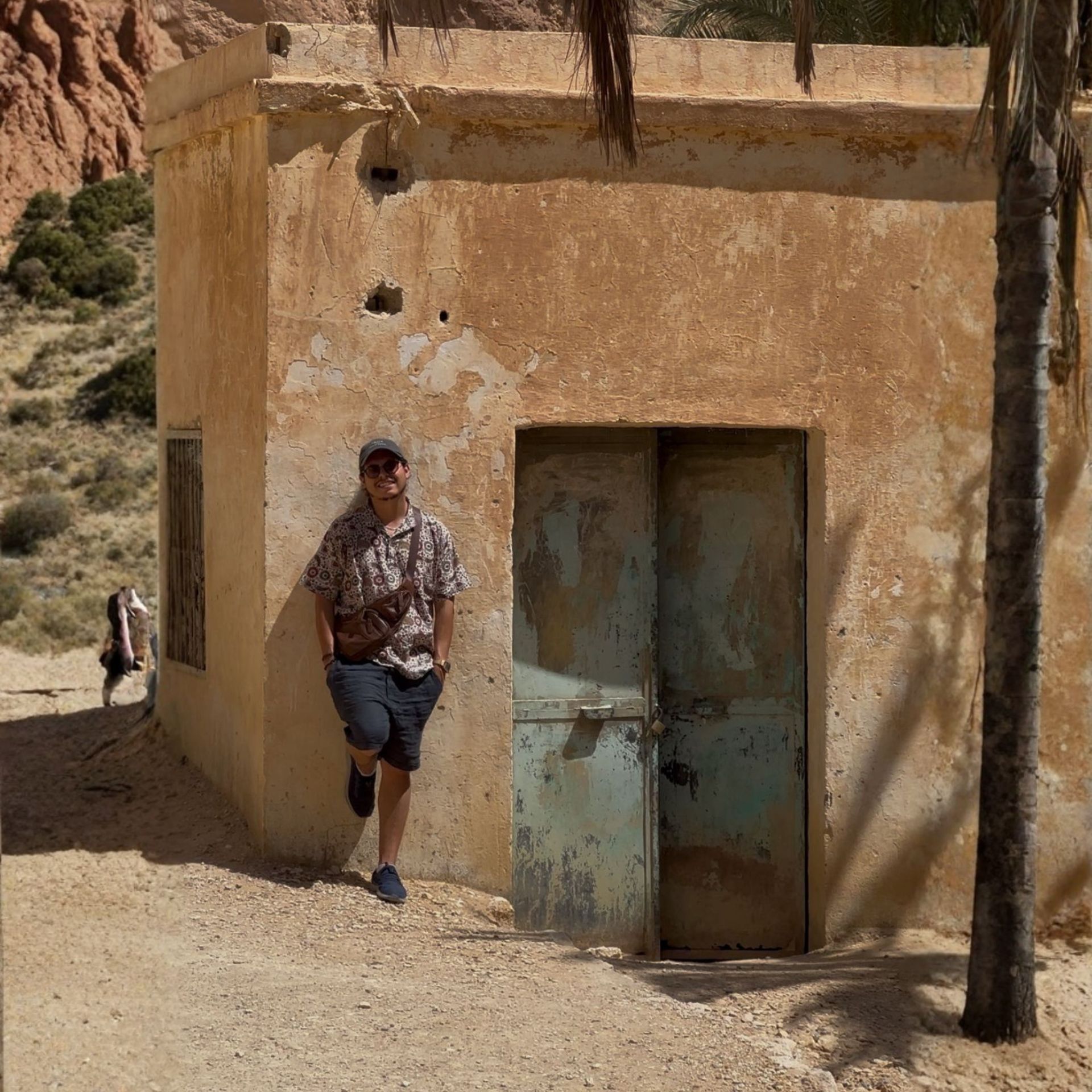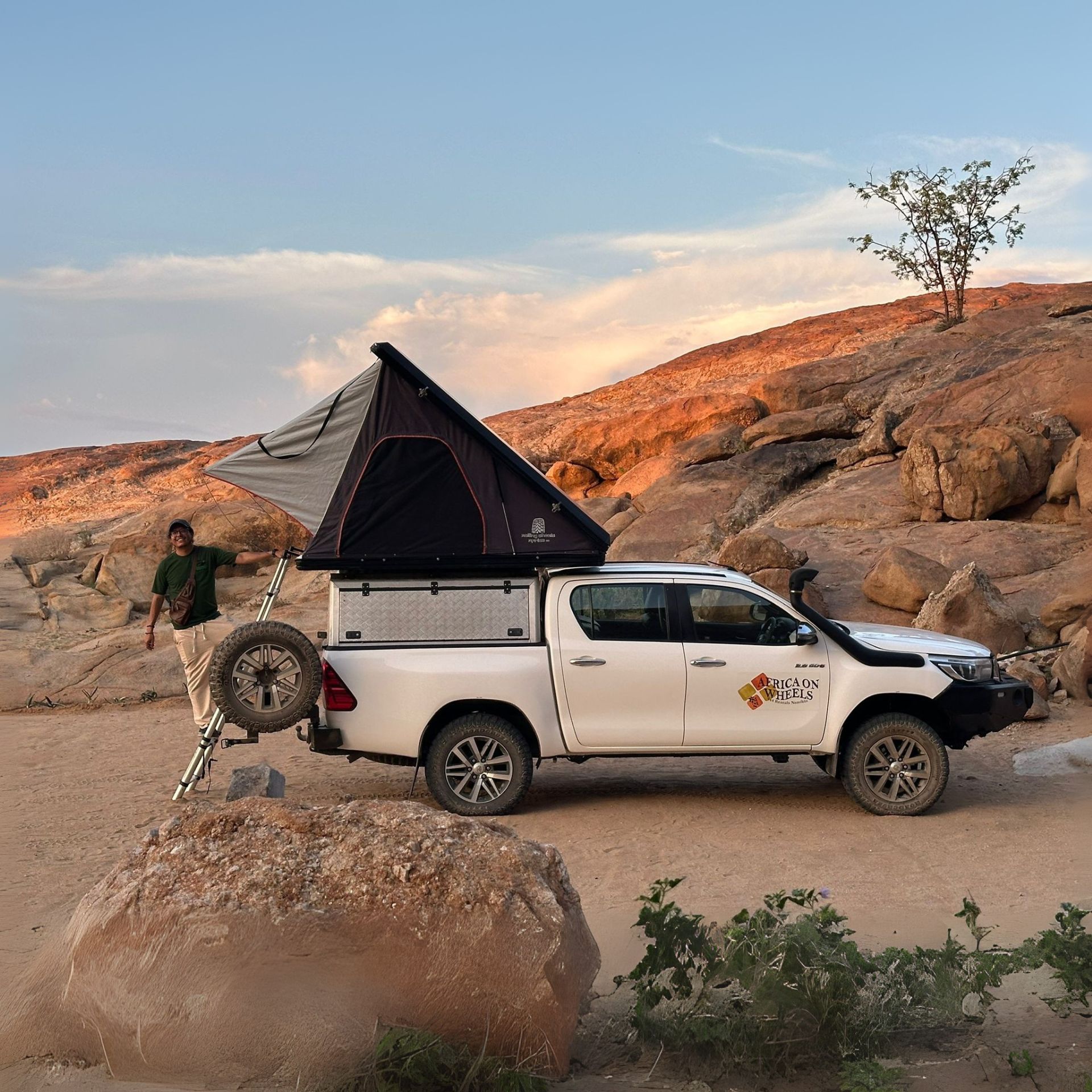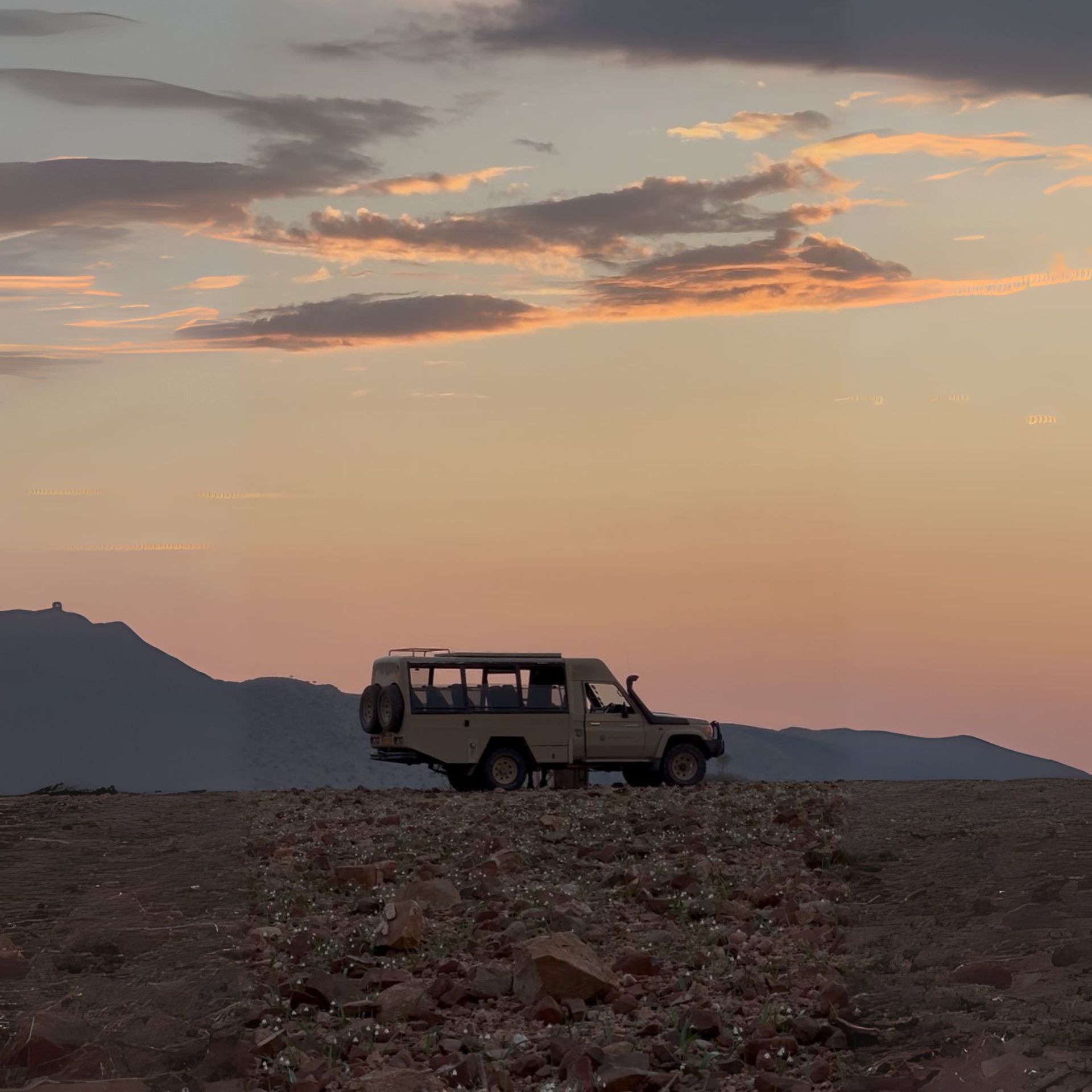A Self-driving safari in Serengeti is possible. However, it requires preparation, knowledge and a higher budget. The final question is: Is it really worth it?
There is a certain charm in planning a self-driving safari in Serengeti. It is a very personal experience that test your skills of driving a 4×4 under some difficult conditions. Additionally it gives you the rewards of finding the wildlife on your own. Self-driving in one of Africa’s national parks is also quite a common activity. Amboseli National Park in Kenya have great routes for amateurs planning a road trip and Etosha National Park is considered the perfect place for self-driving. But what about Africa’s most famous national park for safari experiences, Serengeti?
I traveled to Tanzania and talked to professional guides, rangers, locals and travelers doing self-driving safaris asking one question. Is it worth to travel to Serengeti and do a self-driving safari?
Be connected at all times in Africa.
I recommend an e-SIM with Airalo. With them, I bought a plan of 10 GB for my whole stay in most countries.

The logistics of planning a self-driving safari in Serengeti
Unlike in many other parts of the world, where planning a road trip simply means renting a car, planning a route and get on the road, visiting Serengeti with your own vehicle is more complicated than you think.
First, you need to take into consideration is that prices will go up significantly. Permits for self-driving cars are way higher than with tour operators. Additionally, expect to drive 300-400 km daily if you want to make the most of your time in Serengeti.
Driving costs at Serengeti
Tanzania National Parks only allows 4×4 vehicles to enter the national park premises, therefore, renting a 4×4 car will be obligatory.
These are the park entry fees at Serengeti National Park
- Entry fee (per person for 24 hours) – 70 USD (peak season)/60 USD (low season)
- Vehicle fee ( per vehicle for 24 hours) – 10 USD for Tanzanian vehicles/40 USD for foreign registered vehicles
- Overnight vehicle fee (per vehicle for 24 hours) – 25 USD
These are costs that are changed no matter if you are traveling independently, on a tour group or a private tour. See a full list of fees at the official site of Tanzania National Parks
NOTE: Entry fees are valid for 24 hours. For multiple day visits, fees can be paid in advance or when exiting the park.
As you can see costs add up very quickly in just fees. Still, you have to take into consideration that driving from Arusha to Serengeti National Park is over 400km long and 4×4 vehicles tent to consume larger amounts of gasoline – specially in off road conditions.
Car rental, insurance and additional obligatory fees (flying doctors fee) also add up and will increase your fix costs.
NOTE: If you are planning to visit Serengeti from Arusha and just transit through the Ngorongoro Crater, you still have to pay the NCA fee (70 USD per person + 20 USD per vehicle) twice: on your way going to the Serengeti and on your way back from the Serengeti.
Read more: How to cross overland from Kenya to Tanzania
Read more: How to plan the best safari in Masai Mara in Kenya

Accommodation at Serengeti
When it comes to accommodation, having your own vehicle gives you a lot of flexibility. Either you want to stay overnight at any of the public campsites, or book a lodge to splurge yourself, you can decide all of that while on the road.
Unfortunately, fees for staying overnight also add up quite a bit to the budget. No matter if you are staying on a public campsite (30 USD per night per person), private campsite (50 USD per night per person) or a lodge (60 USD per night per person), you will notice that your biggest expense in Serengeti will be fees and permits.
Lodges in Serengeti might already include that fee in the final price. However, budget accommodation in a lodge means spending 200 USD per night per person.
Self-camping is the best way to visit Serengeti and not break the bank. However, you still need to rent camping equipment and bring your own food. But don’t worry. Either you car rental company or many tour operators rent camping gear for a relatively inexpensive price.
Read more: How to plan a road trip in Namibia

Other activities inside the park
Walking safaris are a great option for those who want to experience a different kind of safari. Safari walks can be booked at the tourist office of the Serengeti National Park and prices vary between 20 to 25 USD per person depending on the length of the safari.
Furthermore, balloon rides or game drives can be organized by the lodge if they are requested in advanced.
Serengeti is a park that can be easily explored. Roads are in relatively good condition and there is signalization almost everywhere you go. Having an offline map also helps a lot to easily identify where you are and even though I would recommend to self-drivers to stay around the center of the park (more chances to see wildlife), you will be free to go as far as you desire or as deep inside the park as you can.
Self-driving costs in a nutshell
After checking all options, these are the minimum fix costs per day in Serengeti for a 4 night self-driving safari camping (costs per person for a 4 person group)
- Transit fees: 140 USD + 10 USD – Paid only once
- Serengeti Park fees: 60 USD + 5USD in low season
- Accommodation fees: 30 USD
- Car rental fees: 30 USD (Considering a vehicle that cost 120 USD per day)
- Gasoline for 1000 km: 20 USD
Total minimal fix cost for 5 days/4 nights: 720 USD without accommodation costs, food and activities.
NOTE: You can also pay for a safari guide for the day at the several gates in Serengeti. This is a great option to avoid hours of driving every day and at the same time enjoy the calm of experiencing nature around you.
What else to keep in mind
If your trip starts in Arusha, make sure to be prepared for what is coming. Get enough food for the total amount of days you are spending in the park, get at least 5-10 liters of water per person per day, plan your route accordingly to what you want to see and try to get all necessary permits in advance.
For the Ngorongoro Conservation Area, you need to obtain an entrance quote first, before you can go to the gate to actually pay for the park entrance. This can be done in their office in Arusha. For the Serengeti National Park, you can simply pay at the gate with Mastercard or Visa.
Don’t underestimate distances. Driving from Arusha to Serengeti is long and exhausting. Roads are not in the very best condition, and the times given on Google Maps are way underestimated. Take your journey in calm and make the most to simply enjoy the long ride.
These are the driving times between Arusha and Serengeti
- Arusha
to Karatu (last town to get groceries) – 140 km in about 3 hours - Karatu
to Loduare gate (Ngorongoro Conservation Area entrance) – 15 km in about 30 min - Loduare
gate to Ngorongoro crater entrance – 15 km in about 45 min - Ngorongoro
crater entrance to Naabi Hill Gate (Serengeti entrance) – 85 km in about 2-3
hours - Naabi
Hill gate to Seronera (central part of Serengeti – Location for most camps) –
60 km in 1 about hour. - Seronera
to Lobo Ranger post – 75 km In about 2 hours. - Return
from Seronera to Arusha can take anything between 9 – 10 hours.
Read more: Everything You Need To Know About The Wildebeest Migration
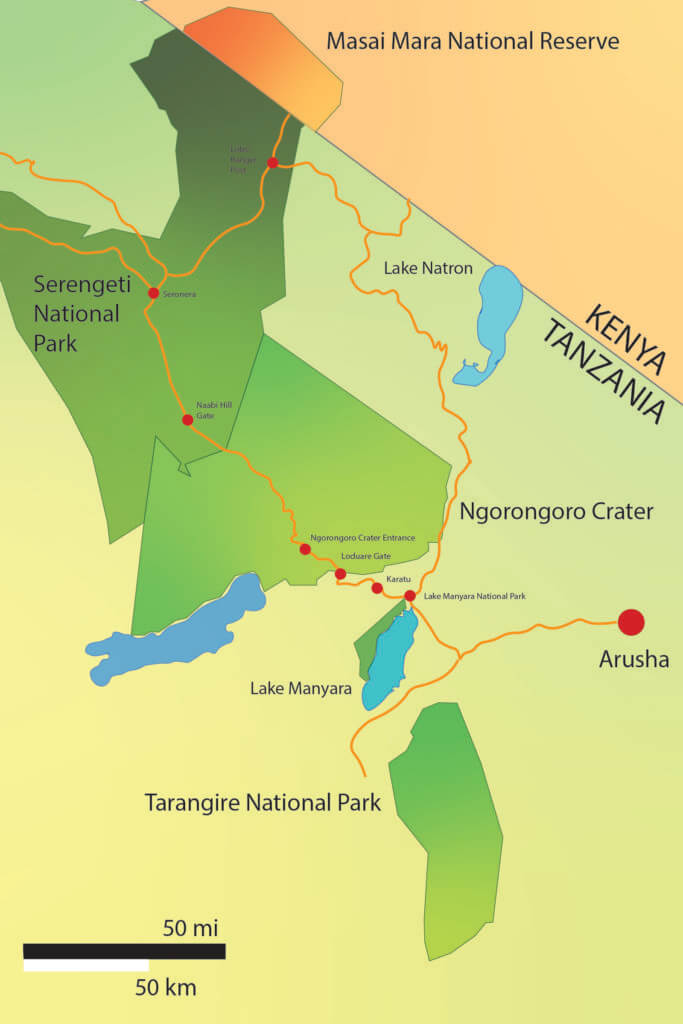
Most travelers can also divide the trip to Serengeti into different sections. First from Arusha to Lake Manyara (there is plenty of accommodation for a good price). Depart early in the morning and spend the full day and night at the Ngorongoro Conservation Area (accommodation in Ngorongoro should be booked beforehand) and finally on the 3rd day, enter Serengeti for as long as you want before returning into Arusha in one single drive.
NOTE: Take into consideration that it’s about a 3-4 hours’ drive from the NCA Simba Public Campsite to the exit of the NCA. So if you want to avoid paying an additional day fee at Ngorongoro, plan your timings accordingly and avoid a surprise.
Additionally, keep in mind that an international driving license is not required if your driving license is printed in Roman alphabet. Some websites and blogs state that the license has to either be in English or that you need an international driving license in order to get a car. However, I’ve met travelers using German and Polish standard licenses in their respective languages without a problem – something that never caused an issue. Even after being stopped at the several police checkpoints along the road.
Read more: How to get ready for your first safari trip?

When renting a car, inform yourself about the different prices and which type of insurance they include. 4×4 Toyotas RAW4 are available starting 60 USD (without insurances and fees), while old (but in good shape) Toyota Land Cruises start at 80 USD. Vehicles with overhead tents are also available for rent in Arusha. Depending on the company and the season, these can be just a couple of USD more expensive and very useful.
Travelers can also rent safari land cruiser vehicles. However, these are extremely expensive and is simply not worth it.
Re-confirm with your car rental company if your vehicle has a double gas tank. This is a very critical need while driving to Serengeti and please fill your tank any time you can. From one moment to another, there will be any gas stations around you.
NOTE: The last gas station before Serengeti is located in the village of Karatu. Furthermore, there is an emergency gas station at Seronera (right at the center of Serengeti). Still, confirm this information with your car rental company, as there are some shortages of fuel from time to time.
Basic etiquette while self-driving in Serengeti
- Stay on road – driving off road can lead to penalties of hundreds of dollars
- Keep the regulated speed for national parks – even though most guides do not care. Remember that 90% of accidents at Serengeti happen because of speeding
- Do NOT chase the animals. Its disturbing for them and if a ranger catch you, there are heavy fines that go up to 1000 USD.
- When observing wild animals, park your vehicle on a side, turn the engine off and make enough space for other vehicles to join and take a look.
- Keep a safe distance from the animals – especially elephants.
- Do not get out of the vehicle. It is dangerous for those who do not know the area.
- It is very obvious, but it’s important to remind. Never leave trash on the roads. Even throwing banana peels into the bushes affects the biodiversity of the park.
- Driving at night in Serengeti is not allowed. Stick to the driving times of 6am until 6pm.
Read more: What are the top safari experiences in Africa
Read more: How To Plan A Safari Trip On A Budget

Self-driving. Is it worth it?
A self-driving trip to Serengeti is not about saving money. A self-driving tour can be up to 100% more expensive than an organized private tour
Drives are also long and exhausting. Plan ahead with your travel partner who will drive what section of the trip. This is also a reason why traveling with a company can be a big plus.
Take also into consideration that guides are constantly communicating within each other, and the chances to see an elusive lion, leopard or cheetah, increase significantly if you are on a tour.
And finally, there is a lot of things that can unexpectedly happen. A flat tire, an uncomfortable encounter with an animal or simply a problem with the vehicle. This is also something that is better to dealt with, if you are in company with a professional guide.
Read more: How to plan a trip to Serengeti National Park
Read more: How to plan a trip to Masai Mara in Kenya
The easiest way to compare safari tours is with Safari Bookings. Here you can contact almost every operator in Africa and quote a price.
Open Safari Bookings and find the right safari for you.

On the other hand, there is nothing like a self-driving experience. You feel more in control where you are going and the experience is as private as you want it to be. It is also a great preparation if you are planning to drive across Central Africa and going on a self-drive is perfect if you decide spontaneously if you want to stay longer inside Serengeti, or later explore a different part of the country.
Both experiences can be very rewarding depending what you are looking for. However, if this is one of your first safaris and you never driven in difficult conditions before, doing a self-drive in Serengeti would mean spending more money for an experience that will leave you exhausted and less rewarding.
However, if you have already been in Serengeti, are interested to return and want to experience a different kind of adventure, this might be the right trip for you.

